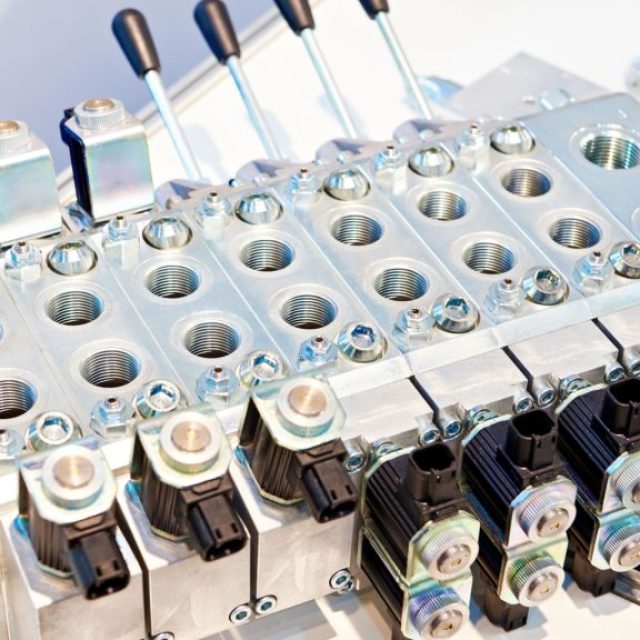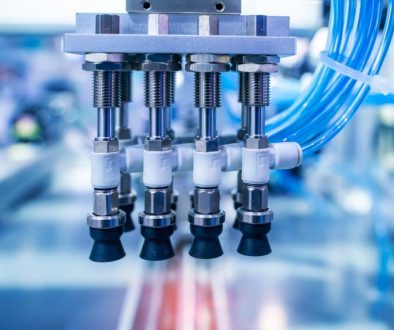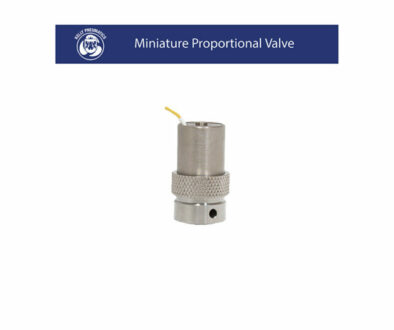Unlocking Precision: How Proportional Valves Revolutionize Pneumatic Systems
In the world of automation and fluid control, proportional valves are becoming a game-changer. These advanced components offer unparalleled precision and efficiency in pneumatic systems, transforming industries from medical equipment manufacturing to food processing. In this blog post, we’ll delve into how proportional valves are revolutionizing pneumatic systems and why they’re essential for modern applications.
What Are Proportional Valves?
Proportional valves are control valves that regulate fluid flow or pressure in proportion to an input signal. Unlike traditional on/off valves, which are either fully open or closed, proportional valves can adjust to any position between fully open and fully closed. This allows for precise control over flow rates and pressure levels, making them ideal for applications requiring high accuracy.
The Science Behind Proportional Control
At the core of a proportional valve is a solenoid actuator that receives variable electrical signals. These signals correspond to desired flow rates or pressure levels. The actuator adjusts the valve opening accordingly, allowing for smooth and continuous control. This technology eliminates the abrupt changes associated with traditional valves, reducing wear and tear on system components.
Advantages Over Traditional Valves
Enhanced Precision: Proportional valves offer fine-tuned control, which is crucial for processes that demand exact flow rates or pressures.
Energy Efficiency: By providing only the necessary amount of flow or pressure, these valves reduce energy consumption, leading to cost savings.
Improved System Stability: The gradual adjustments prevent pressure spikes and drops, maintaining system stability and extending equipment lifespan.
Versatility: Suitable for a wide range of fluids, including gases and liquids, making them adaptable to various industries.
Applications Across Industries
Medical Equipment
In medical devices like ventilators and anesthesia machines, the precise control of gas flow is vital. Proportional valves ensure that patients receive the exact amount of air or anesthetic agents, enhancing safety and treatment effectiveness.
Food Processing
Maintaining consistent pressure and flow rates is essential in food processing to ensure product quality. Proportional valves help in accurately dispensing ingredients and controlling temperatures during cooking processes.
Semiconductor Manufacturing
The semiconductor industry requires ultra-precise control of gases during chip fabrication. Proportional valves allow for the exact flow of gases like nitrogen and argon, which is critical for producing high-quality semiconductors.
Integration with Electronic Pressure Regulators
When combined with electronic pressure regulators, proportional valves offer even greater control and automation capabilities. Electronic regulators adjust the pressure based on real-time feedback, while proportional valves fine-tune the flow, resulting in a highly responsive system.
The Role in Fuel Cells and Clean Energy
Proportional valves are instrumental in fuel cell technology, where precise hydrogen flow control is necessary. By optimizing the fuel supply, these valves enhance the efficiency and output of fuel cells, contributing to the advancement of clean energy solutions.
Advancements in Microfluidics
Microfluidic systems deal with the manipulation of tiny fluid volumes. Proportional valves, especially miniature ones, provide the necessary precision for controlling micro-scale flows, enabling innovations in medical diagnostics and chemical analysis.
Selecting the Right Proportional Valve
Choosing the appropriate proportional valve involves considering factors like flow rate requirements, fluid type, pressure ranges, and environmental conditions. It’s essential to consult with experts to select a valve that meets the specific needs of your application.
Maintenance and Longevity
Proportional valves are designed for durability but require regular maintenance to ensure optimal performance. Routine checks for wear, calibration of control signals, and cleaning of valve components can significantly extend their service life.
Conclusion
Proportional valves are undeniably revolutionizing pneumatic systems by offering unmatched precision and control. Their ability to adjust fluid flow and pressure dynamically makes them indispensable in various high-tech and industrial applications. As industries continue to seek efficiency and accuracy, the adoption of proportional valves is set to rise.
For those interested in integrating proportional valves into their systems, Kelly Pneumatics offers a comprehensive range of options tailored to diverse applications. To learn more about the broader impact of these valves on industrial automation, check out this insightful article on Advancements in Fluid Control Technology.




